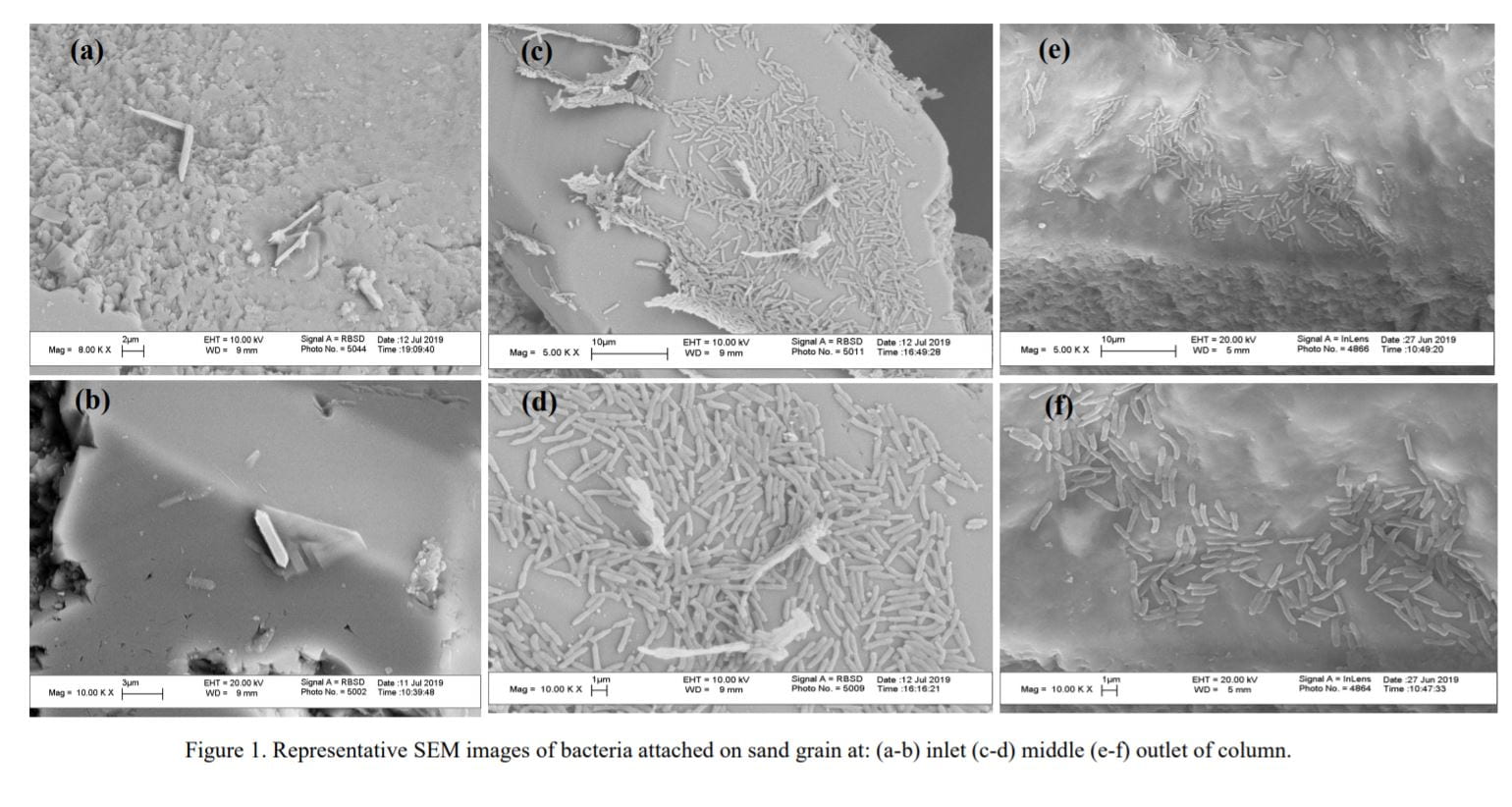09/01/2017-8/31/2021 (NCE)
Funding: National Science Foundation (NSF)
Performers: Kurt Pennell (Brown), John Fortner (Yale) and Natalie Capiro (Auburn)
Personnel: Shuchi Liao and Tiffany Duhl
Objective:
Despite dramatic increases in the production and use of engineered nanomaterials in industrial and consumer products, very little is known about the fate and transport of nanoparticles following their release into the environment. The overall goal of this project is to better understand the interactions between engineered nanoparticles and microbial communities, and to use this information to improve predictions of nanoparticle accumulation and mobility in soils, groundwater, and water treatment systems. To broaden the educational outreach and practical implications of this work, the project includes research experiences for undergraduate students and the development interactive, multi-media instructional tools that will be incorporated into educational and training programs run by the Center for Engineering Education and Outreach and Center for Science, Technology, Engineering and Math Diversity.
Technical Description:
Research conducted over the past ten years has greatly improved our knowledge of nanoparticle aggregation and mobility over a range of environmentally-relevant conditions, and has informed the development of mathematical models capable of describing nanoparticle transport and retention in membranes, filter beds and aquifer materials. At the same time, numerous studies have explored the impacts of nanoparticles on cellular systems, aquatic invertebrates, fish, and microorganisms. The overall goal of this research project is to combine these two lines of research to investigate the role of nano-bio interactions on nanoparticle fate and transport in porous media. The proposed research will couple nanoparticle characterization and biotic experiments with dynamic transport studies to quantify the effects of nano-bio interactions on the mobility and fate of representative engineered nanomaterials (iron oxide and magnesium oxide) in aquifer materials and natural soils. Research activities will be structured around three tasks, (1) determination of nanoparticle deposition and release as a function of surface coating aging, biopolymers, and solution composition using a quartz crystal microbalance, (2) assessment of the effects of biopolymers on nanomaterial mobility and retention in abiotic columns, and (3) measurement of nanoparticle transport, deposition, and aging in aerobic and anaerobic bio-active soil columns. Novel aspects of the research include the direct coupling of microbial-particle interactions with transport, assessment of bio-related deposition, direct observation of nanoparticle behavior using flow-through scanning electron microscopy and cryo-transmission electron microscopy techniques. Results obtained from this work will be used to explore the role of microbial communities in the aging nanoparticle surface coatings, and the impacts of filter ripening and site blocking on nanoparticle attachment processes and mobility in the environment. To extend the impact of this work beyond traditional academic boundaries, research outcomes will be incorporated into model-based tutorials, short instructional videos, and illustrative case studies and modeling tools that will be disseminated through collaborations and participation in initiatives with the Center for Science Technology, Engineering and Math Diversity, and the Center for Engineering Education and Outreach.
